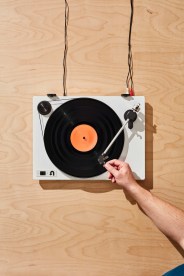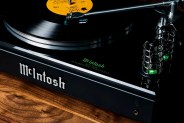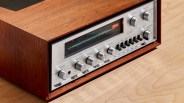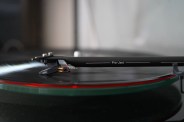Before buying any piece of audio equipment — and specifically loudspeakers — it’s important to remember the single most important component in your stereo: your room. Even the best system in the world can fail to deliver the sonic experience you were expecting if it is set up somewhere without proper acoustic treatments.
The reality is that every room has its issues. The good news is that there are reasonable solutions to make a new pair of loudspeakers sound even better than they did in the store.
Why do most rooms have bad acoustics?
Everything about your room matters: the shape, dimensions, surface materials and position of windows and doorways. Sound waves interact with it all, as well as objects, as they travel to your ears.
Modern homes often feature a lot of windows, and the reflective nature of glass can negatively affect spatial cues, making your system sound very bright.
Everything about your room matters: the shape, dimensions, surface materials and position of windows and doorways.
Room shape and dimensions, meanwhile, have a critical impact on the bass response. Bass waves require space to unfold. For this reason, a rectangular room is often better for acoustics than a perfectly square room.






